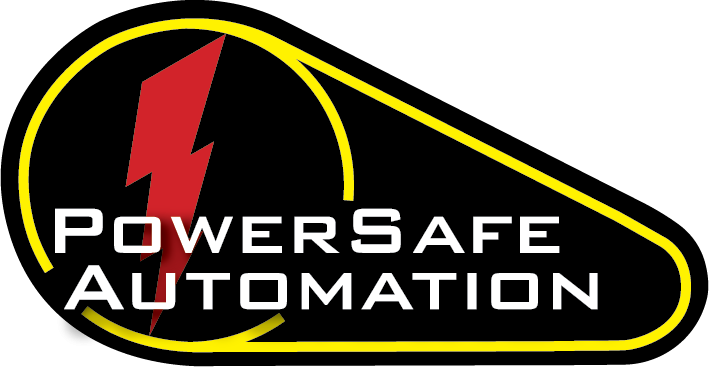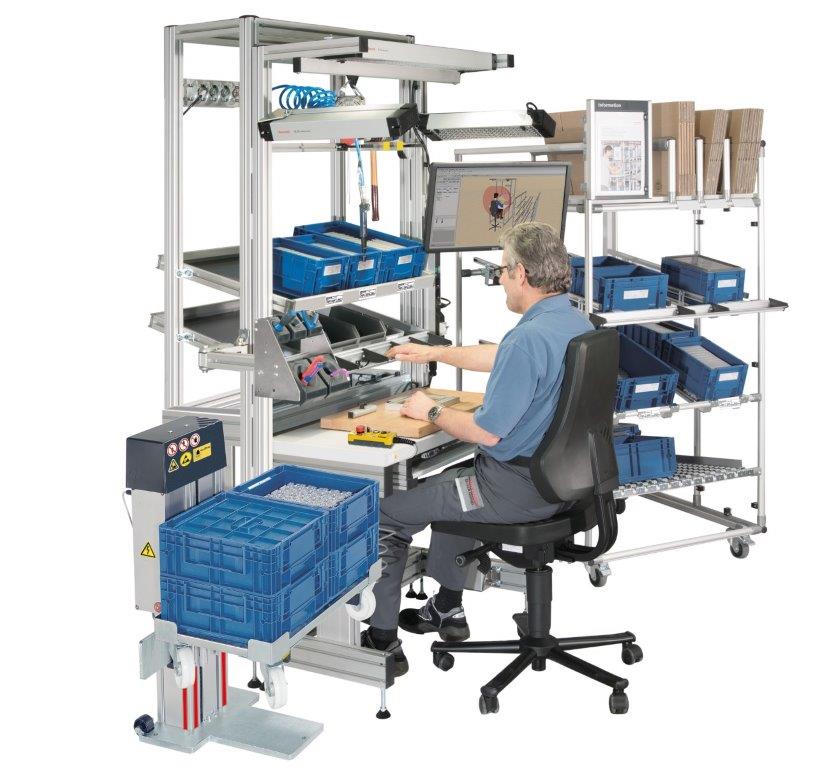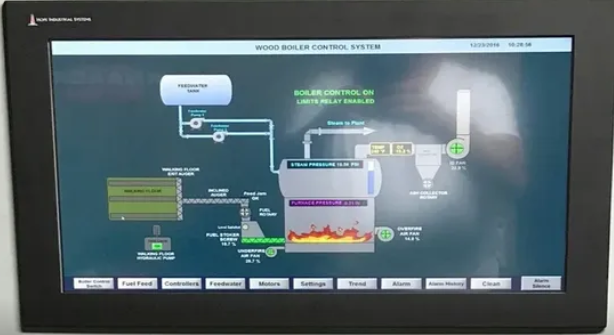What is it and how is it important?
Lean manufacturing is a systematic approach to optimizing processes and minimizing waste in production. At its core, it emphasizes the continuous improvement of operations to enhance efficiency, quality, and safety. The principles of lean manufacturing, originating from the Toyota Production System (TPS), have been widely adopted across industries worldwide due to their proven effectiveness in streamlining operations while prioritizing safety.
Safety-
Safety is a paramount concern in any manufacturing environment. Accidents, injuries, and fatalities not only pose a threat to human life but also result in financial losses, legal liabilities, and reputational damage for organizations. Lean manufacturing integrates safety practices seamlessly into its methodologies, recognizing that a safe workplace is fundamental to sustainable success.
Waste Elimination-
One of the key safety benefits of lean manufacturing lies in its emphasis on eliminating waste. Waste in production processes can contribute to safety hazards. For example, excess inventory can clutter workspaces and increase the risk of trips, falls, or ergonomic injuries. By implementing lean principles such as Just-In-Time (JIT) inventory management, organizations can reduce the accumulation of inventory, thus creating a cleaner and safer work environment.
Clear Procedures-
Furthermore, lean manufacturing promotes the standardization of processes and the establishment of clear work instructions. Standardized processes help minimize variation and reduce the likelihood of errors or accidents caused by confusion or misunderstanding. When workers have well-defined procedures to follow, they are less likely to deviate from safe practices or overlook critical safety steps.
Safety Excellence-
Moreover, the concept of continuous improvement inherent in lean manufacturing fosters a culture of safety excellence. Employees are encouraged to identify safety issues, suggest improvements, and participate in problem-solving activities. This engagement empowers workers to take ownership of safety initiatives and proactively address potential hazards before they escalate into incidents.
Visual Management-
Another aspect of lean manufacturing that enhances safety is visual management. Visual management involves using visual cues such as signs, labels, and markings to communicate information effectively. Visual controls can highlight safety procedures, warn of hazards, and provide guidance on proper equipment usage. By making safety information readily accessible and highly visible, organizations can reinforce safe behaviors and reduce the likelihood of accidents.
Optimized Processes-
Process flow optimization, a central tenet of lean manufacturing, also contributes significantly to safety. Smooth and efficient process flow minimizes disruptions and bottlenecks, reducing the risk of accidents caused by congestion or rushed operations. By analyzing and redesigning workflows to eliminate unnecessary steps or delays, organizations can create a safer and more streamlined production environment.
Reduces Risks-
Moreover, the emphasis on continuous flow in lean manufacturing helps reduce handling and transportation-related risks. Batch processing and excessive material handling can increase the likelihood of accidents such as spills, collisions, or manual handling injuries. Lean principles advocate for the continuous movement of materials through the production process, minimizing the need for intermediate storage or transportation and reducing associated safety hazards.
System Checks-
Furthermore, lean manufacturing encourages the implementation of error-proofing mechanisms, also known as poka-yoke. Error-proofing devices or systems are designed to prevent human errors or detect abnormalities before they result in safety incidents or defects. Examples include sensors that detect equipment malfunctions, interlocks that prevent unsafe machine operations, or color-coded labels that distinguish between different types of materials. By incorporating poka-yoke solutions into production processes, organizations can enhance safety and reliability while reducing the risk of accidents.
Employee Development-
Additionally, lean manufacturing promotes employee training and skill development as integral components of safety management. Well-trained workers are better equipped to operate equipment safely, recognize potential hazards, and respond effectively to emergencies. By investing in training programs that cover not only technical skills but also safety protocols and best practices, organizations can create a knowledgeable and safety-conscious workforce.
In conclusion, lean manufacturing and process flow optimization play a crucial role in ensuring workplace safety. By eliminating waste, standardizing processes, fostering continuous improvement, leveraging visual management, optimizing process flow, implementing error-proofing measures, and investing in employee training, organizations can create safer and more efficient production environments. Ultimately, integrating safety into lean manufacturing practices not only protects workers from harm but also contributes to overall operational excellence and business success.






Leave a comment